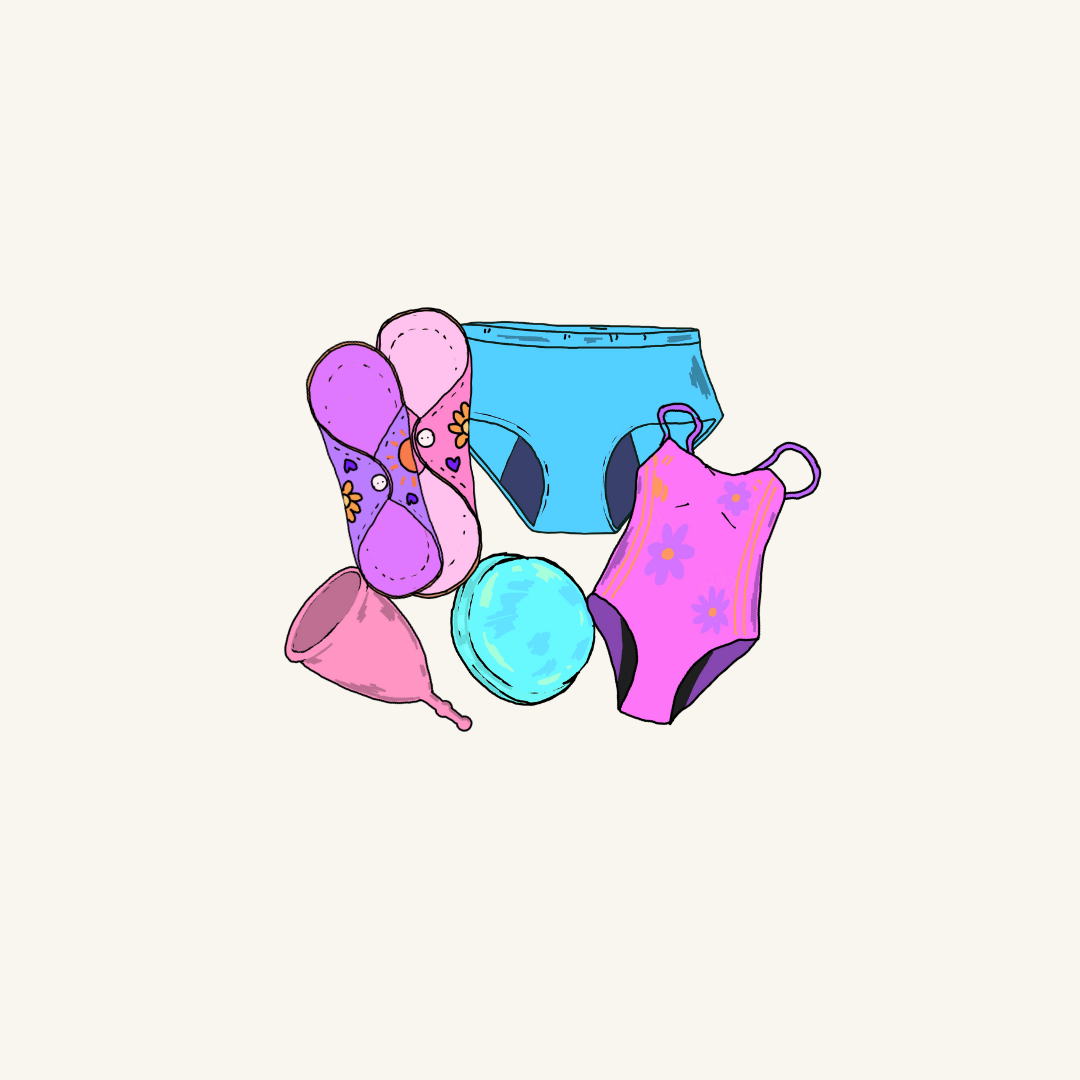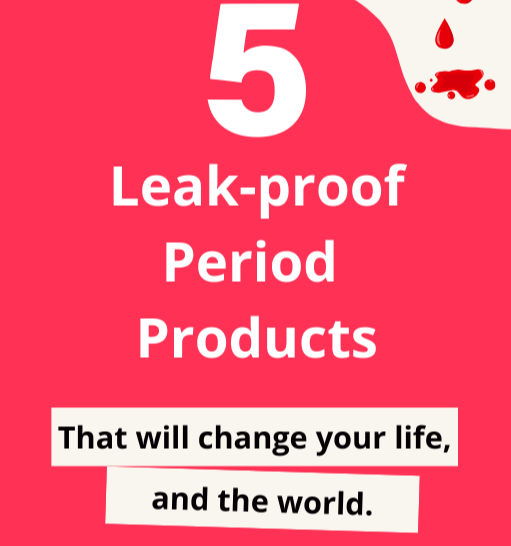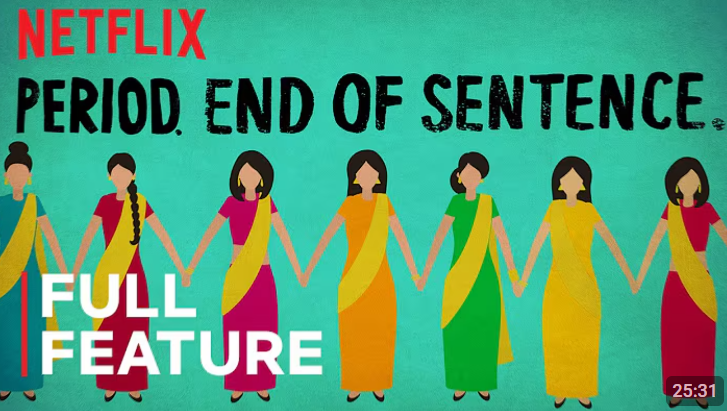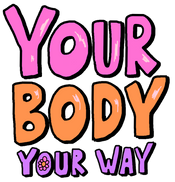Education
How Switching to Reusable Period Products Can Save the World.
The way we manage our periods has a huge impact on our world. Reusable period products are a powerful way to not only support our health, but also protect the environment, fight period poverty, and make a positive difference. Here's why making the switch can truly change the world. Reducing Waste Disposable period products, like pads and tampons, contribute to billions of tonnes of waste every year. By switching to reusable products, we drastically reduce the amount of plastic and non-biodegradable materials that end up in our landfills and oceans. This small change can have a big impact on our planet. Lowering Costs for Individuals While the upfront cost of reusable products may seem higher, they save money in the long run. Reusable pads, menstrual cups, and period underwear can last for years, meaning less money spent on disposable products over time. It's a cost-effective, sustainable option for everyone. Fighting Period Poverty Reusable period products can be a game-changer for those facing period poverty. By donating reusable options to communities in need, we can reduce the financial burden of managing menstruation and ensure that more people have access to safe and reliable menstrual care. Empowering Individuals Switching to reusable period products also promotes empowerment. It challenges the stigma surrounding menstruation and encourages people to take control of their health and their environment. It’s a step toward breaking free from the cycle of disposability and embracing a more sustainable and mindful way of living. By making the switch to reusable period products, we are taking a stand for our health, the environment, and equality. This simple yet powerful change can make a profound difference in the world, one period at a time.
Learn moreWhy Period Poverty Impacts Us All—And How We Can Help.
Period poverty isn’t just an issue for those directly impacted—it’s a problem that affects us all. Let’s break down why period poverty is such a massive problem and how it impacts our communities, workplaces, and future generations. The Hidden Consequences Period poverty doesn’t just affect those who experience it—it also affects the broader community. People who can’t afford or access period products are forced to miss school, work, or social activities. This leads to missed opportunities, lower productivity, and long-term economic impacts. When we allow period poverty to persist, we’re robbing individuals of their potential. The Gender and Equity Impacts Period poverty is inherently tied to gender inequality. It disproportionately affects women, girls, and non-binary people who menstruate, further deepening gender-based disparities in society. But it’s not just a women’s issue—it’s an equality issue that requires action from everyone. The Long-Term Effects Without proper menstrual products, people are at risk of infections, toxic shock syndrome, and mental health challenges. The shame and stigma attached to menstruation also contribute to feelings of isolation, anxiety, and depression. This isn’t just about physical products—it’s about breaking down the barriers to education, well-being, and equal opportunity. Period poverty is a real and pressing problem that we can all help solve. When we address it, we’re not only improving individual lives, but we’re also making our communities stronger, fairer, and more resilient.
Learn moreThink Period Poverty Doesn’t Exist in Australia? Think Again.
Period poverty is often viewed as a problem faced by people only in economically disadvantaged or underdeveloped communities and countries—but the truth is, it’s a very real issue right here in Australia. Myth #1: "Period Poverty Doesn’t Exist in Australia" The first myth is the assumption that Australia, being a developed country, isn’t impacted by period poverty. The reality? Thousands of people in Australia face period poverty every year. In fact, a 2020 study found that one in five women and girls in Australia have had to choose between buying food and menstrual products. This is a crisis we cannot ignore. Myth #2: "It’s Not a Big Deal" People often downplay the severity of period poverty. But imagine being unable to access period products and having to use whatever you can find—old rags, socks, or worse—just to get through the day. It’s uncomfortable, unsafe, and degrading. This issue goes far beyond inconvenience; it’s about health, dignity, and equality. Myth #3: "Period Poverty Only Affects Homeless People" While homelessness is a significant factor, period poverty affects a wide range of people, including those living in low-income households, students, and even working adults who struggle with financial instability. It's important to recognise that period poverty affects more than just the homeless community—it impacts anyone who doesn't have consistent access to basic menstrual care. The reality is clear: period poverty exists in Australia, and it’s time to acknowledge it, address it, and work towards lasting change. By starting conversations, supporting those affected, and sharing knowledge about accessible, reusable period products, we can help eradicate period poverty in Australia and allow EVERYONE equal opportunities in life.
Learn moreBreaking the Silence: What Period Poverty Really Means
Period poverty is a serious issue that affects millions of people globally, yet it often goes unnoticed in many parts of the world, including Australia. It’s the lack of access to menstrual products, sanitation, and education, which leaves people with periods facing a range of challenges. Let’s explore what period poverty is and how it impacts people’s lives, often in ways we don’t even realise. What is Period Poverty?Period poverty is when someone struggles to access the menstrual products, clean water, and/or safe sanitation they need to manage their period. This affects their ability to manage their periods with dignity. Imagine being unable to go to school, work, or take part in daily activities simply because you don’t have access to something as basic as a pad, tampon, or even a toilet. The Impact of Period PovertyFrom missing out on school and work, to experiencing poor mental and physical health, period poverty doesn’t just affect the person experiencing it—it impacts families, communities, and entire societies. Every time a single mother misses work due to period poverty, that is a family that has to sacrifice on their income and stability. Every time a child misses school due to period poverty, they miss out on growing opportunities to learn and eventually be able to work and become self-reliant. It’s not just about menstrual products; it’s about the stigma, shame, and inequality that surrounds menstruation. What Can We Do? Education and access to reusable period products are crucial in the fight against period poverty. By raising awareness and providing sustainable options, we can give people the tools to break free from the cycle of poverty and shame. Period poverty is preventable, but it requires awareness, action, and community support. Let’s change the narrative and provide everyone with access to the products and education they deserve.
Learn more
What should I use?
Unsure of what reusable period care product you should use?
Click on the button below to see our summary comparing different products, to find what is right for you.
(Info includes what they are, approximate costs, lifespan, materials, and much more...)

Periods, Poverty, and the Planet - everything you need to know.
Get our exclusive, comprehensive guide on everthing you need to know about period poverty and reusable period care - so you can start changing the world today.

What is period poverty?
Check out the documentary "Period. End of Sentence" to learn more about period poverty and how it can affect women and girls everywhere.
You can also check out our FAQ for more videos and information.








